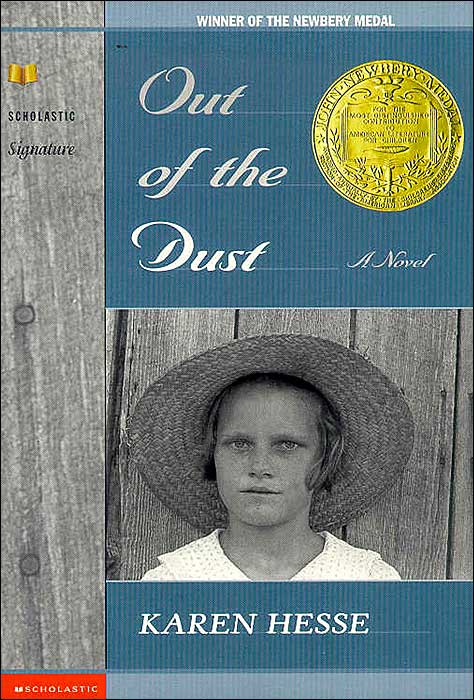Song of the Water Boatman & Other Pond Poems
Written by Joyce Sidman
Illustrated by Beckie Prange
 Bibliography
Bibliography
Sidman, J. and Prange, B. (2005).
Song of the water boatman: & other pond poems. New York, NY: Houghton Mifflin Company. ISBN 0618135472
Summary
Song of the Water Boatman and Other Pond Poems has eleven poems paired with eleven scientific explanations each gracing a two page spread filled with a fabulous woodcut print for each. A table of contents and a glossary complete the text. Some of the poems and accompanying explanations are “Listen for Me” (Spring Peepers); “Fly, Dragonfly!” (Green Darner); and “Travel Time” (Water Bear).
Critical Analysis
If only this book had been available years ago! I would have loved to share it with even my older science students. Why? Because it is beautifully illustrated by Breckie Prange with detailed, accurate spectacularly hand-colored woodcuts that bring nature study to life. Prange’s past as a naturalist is evident in the care she takes with her creations. The poems in this book can easily stand alone, but having these illustrations as partners lifts both poems and illustrations to a higher level.
Joyce Sidman’s poetry, themed around pond life, includes different types, forms and lengths of poetry, providing a pleasing balance that flows through the entire book. Some of the poems rhyme, some are in free verse, some have stanzas, some travel playfully around the page, all are meaningful and fun to read. And just to add icing to the cake, Sidman includes a clear, concise explanation to accompany each poem which makes these beautiful poems even more valuable. The poems provide pleasure on their own; with the additional information, this becomes a resource.
I can’t pass up the opportunity to share another favorite poem. I can’t get enough of “Diving Beetle’s Food-Sharing Rules.”
Diving Beetle’s Food Sharing Rules
Any type of larva is mine,
as well as all tadpoles, minnows, and newts.
Sticklebacks, caddis flies, spiders,
and small frogs of any kind – mine.
Snails eggs, and bugs – all mine.
In short,
if it moves, it is mine.
If it’s anywhere near me, it is mine.
If I’m hungry (and I’m always hungry),
it is mine, mine, mine.
And if, by chance, I choose
to crawl up yonder smartweed,
bask for a bit,
open my armored wings,
and fly about my kingdom
(within which everything is mine),
do not forget what is mine,
For if I return
and you have taken it
YOU
are mine.
By Joyce Sidman
So who can I can share this book with now? You can rest assured that both of my children will own a copy and nieces’ and nephews’ birthday gifts are planned for the next year.
Review Excerpts
*
Booklist: “In this strikingly illustrated collection, science facts combine with vivid poems about pond life through the seasons.” Gillian Engberg
*
Children's Literature: “...a pleasure to read aloud.”
*
Library Media Connection: "...an amazing collection of naturalist poetry and stunning woodcut illustrations."
Connections
* Beckie Prange’s website can be found
here. She provides information on woodcut art and sells card sets from
Song of the Water Boatman.
*
Here is Joyce Sidman’s website. Children can send poems to her which may end up on her site. She has a fabulous page called Poem Starters that teachers, librarians and parents can use in poetry activities. Check out the other pages, too!
* This book is a perfect companion to nature studies in the science classroom. I’d recommend it as an easy way to introduce poetry across the curriculum - kind of like a spoonful of sugar!
 Bibliography
Bibliography



